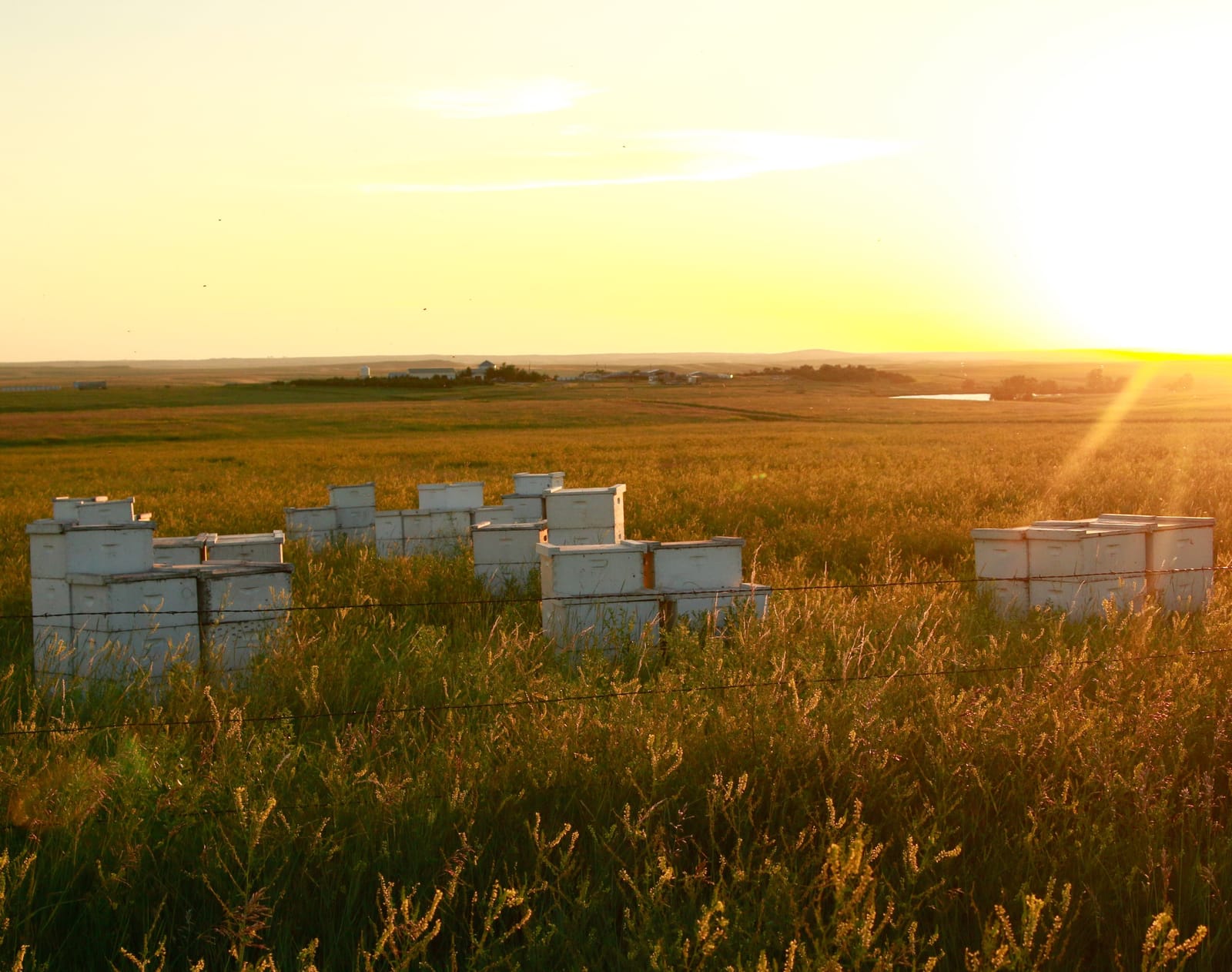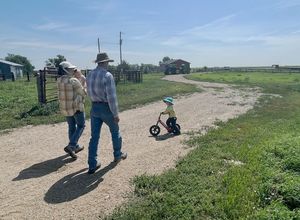For more than a decade, beekeepers in South Dakota and around the country have been fighting against historically high annual colony loss rates of more than 30%.
The continued loss of colonies has the potential to affect roughly 100 different agricultural crops across the country and could raise food prices while decreasing food availability, according to an article from the University of Florida Extension.
The state’s beekeepers brought in more than $18.6 million from the sale of honey from roughly 185,000 colonies in 2022, according to the U.S. Department of Agriculture. South Dakota ranked sixth in the nation in terms of honey production that year.
But declining numbers of bees, both domestic and wild, threatens yields on crops ranging from almonds and apples on the West Coast to cotton and cranberries in the East.
In 2022-23, the nation’s beekeepers experienced a 48.2% annual loss rate of managed honey bee colonies, a 9.2% increase from the 2021-22 season. However, 2020-21 reached a 50.8% colony loss rate, the highest annual loss rate on record, according to data gathered by the non-profit honey bee research group Bee Informed Partnership.
Wild bee populations have also suffered.
In 2017, the rusty patched bumble bee became the first native bee species in the lower 48 states to be placed on the federal endangered species list by the U.S. Fish and Wildlife Service. That same year, several non-governmental conservation groups said roughly 347 other species of native bees also were threatened.
In all, bees account for up to $18 billion in added value to the country’s agriculture industry annually, according to the USDA.
Without pollination from bees, many of which are trucked around the country from their summer home in South Dakota to provide pollination services, experts worry the price of common food items such as strawberries and apples could rise.
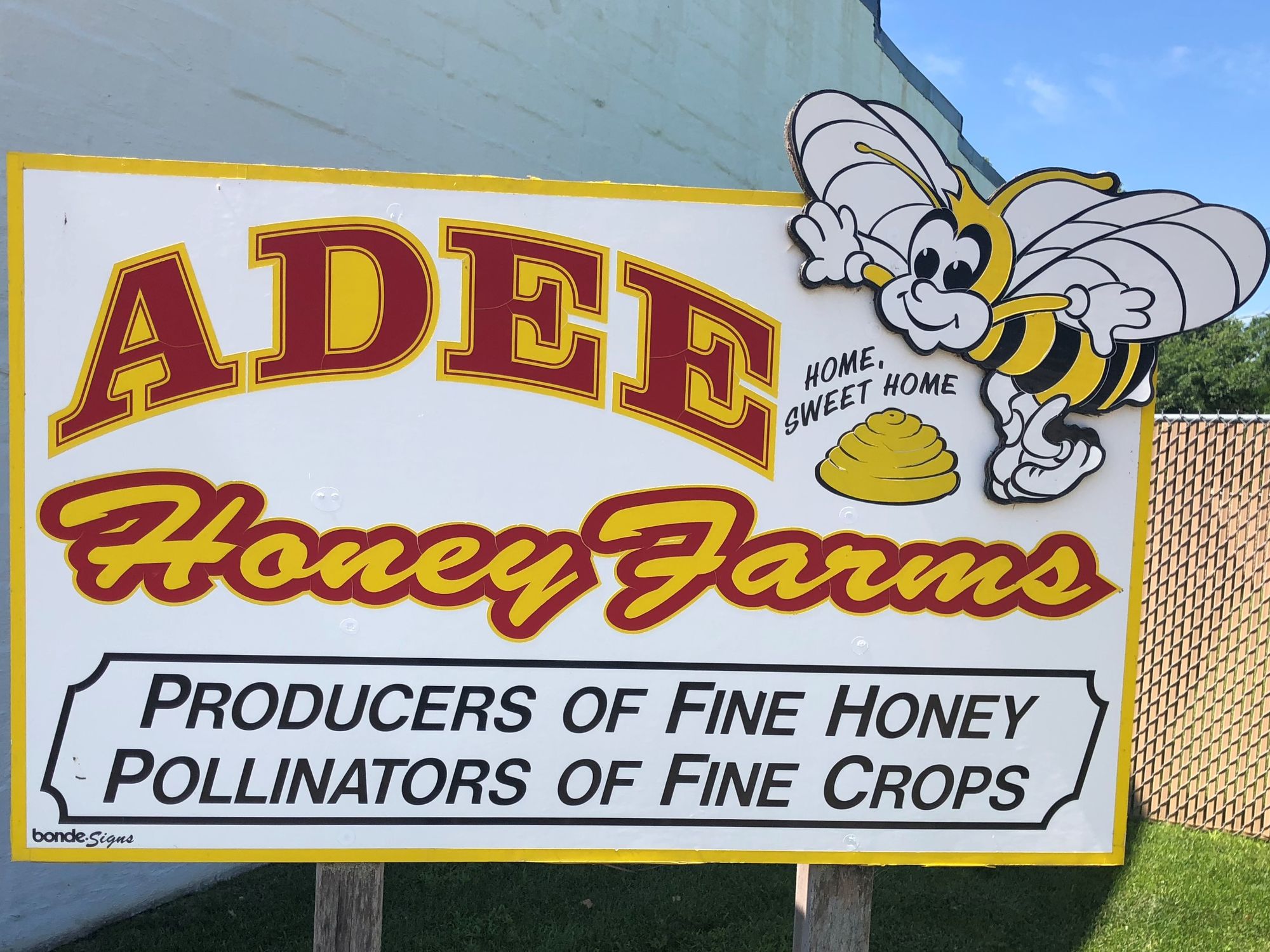
Bee industry suffers commercial losses
Some commercial beekeepers have said official data undercount the loss of commercial bee colonies.
Bret Adee, a co-owner of Adee Honey Farms, based in Bruce and one of the largest beekeeping operations in the world, said some commercial keepers lost 70% or more of their bees in the 2018-19 winter.
Adee said his company lost so many bees at the time that the business was forced to shutter its beekeeping operation in Nebraska and lay off employees. Prior to 2018, the business kept bees in the state for 60 years, he said.
More from News Watch: Rattlesnake season leads to close calls, some bites and need for precautions
“We didn’t have enough bees in our boxes,” Adee said.
Honey produced from South Dakota’s sweet clover, alfalfa and wildflowers is highly prized for its mild flavor and light color. Unfortunately, per-hive production has fallen about 50% over the past 15 to 20 years, said Kelvin Adee, Bret Adee’s brother and business partner.
From 2019 to 2022, honey production in South Dakota fell from 19.44 million pounds to about 7.5 million pounds, according to USDA data.

As annual honeybee colony loss rates continue to rise and honey production falls, the federal government has at times pulled back its honeybee monitoring efforts.
In July 2019, the USDA National Agricultural Statistics Service announced it would indefinitely suspend its quarterly honeybee colony survival survey. In December 2018, the service suspended its annual cost of pollination survey. According to USDA news releases, both surveys were cut due to budget reductions. However, the USDA resumed the colony survival survey in October 2019 and the pollination survey in 2022.
News of the colony loss survey being cut was a blow to the industry, Bret Adee said.
Many beekeepers worry that the information might be lost for good and with it more targeted research funding. Better research will be needed to help reverse the tide of honeybee colony deaths, Bret Adee said.
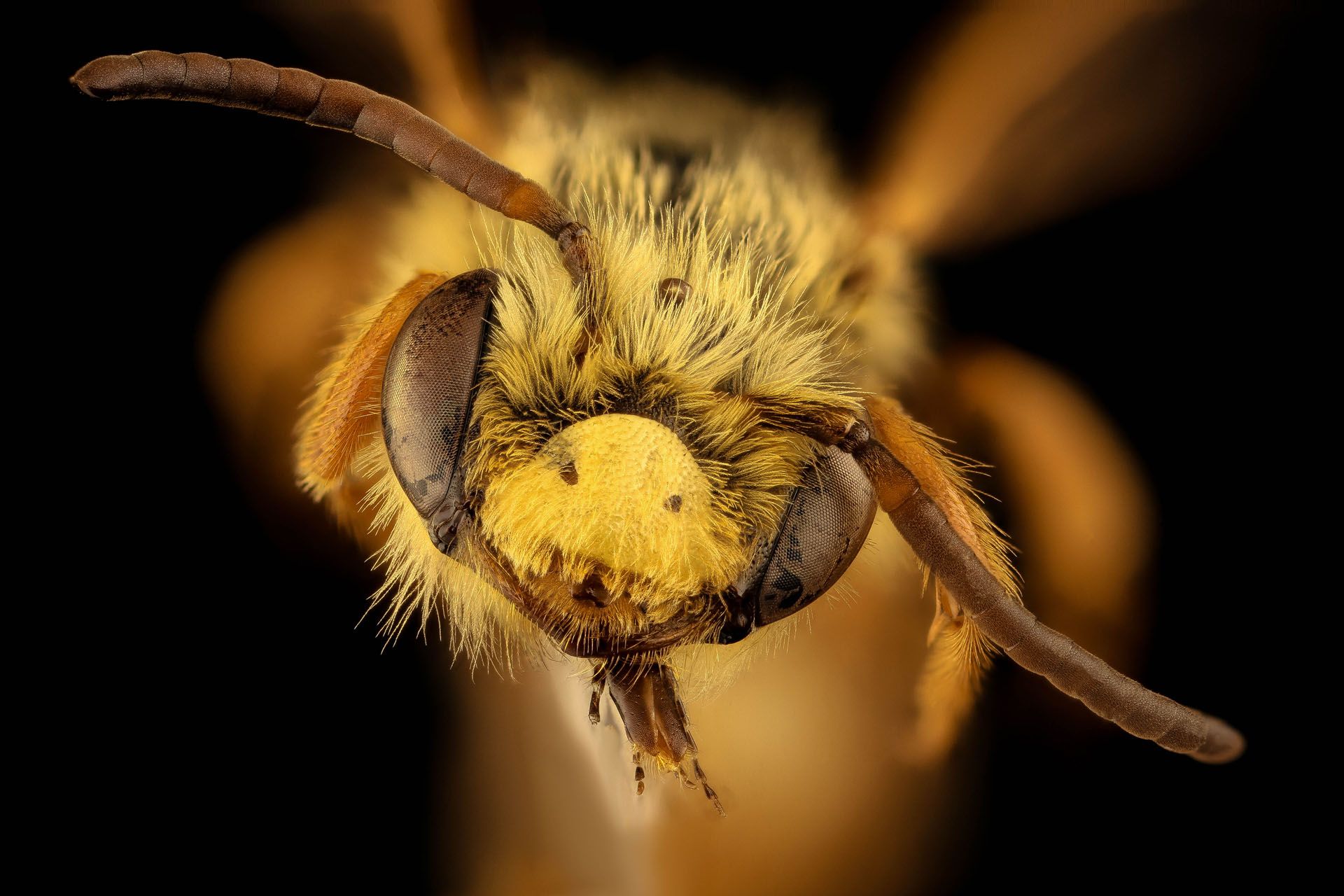
Tough time to be a bee
High colony loss rates aren’t new to the industry.
Over the past 12 years, the U.S. has averaged a 39.6% annual colony loss rate among its domestic bees, according to the Bee Informed Partnership.
The losses have beekeepers worried about the future of their industry.
“Any business that has a 30% annual loss rate, that’s getting to be unsustainable,” said John Stolle, a beekeeper near Sturgis.
Jay Fatland, a lifelong beekeeper from Kimball who provided honey as a flavoring for “The Original Kimball Popcorn Ball,” had wound down his beekeeping efforts over the several years prior to 2019.
Losing so many bees each year just got to be too hard to handle, he said.
“It’s just a struggle to keep the bees alive anymore,” Fatland said.
In 2019, Fatland was down to about 200 hives and had mostly retired from the business that was his sole source of income for more than 30 years.
The Adees pegged colony losses at closer to 60% or 70% in 2019.
“They died faster than we can breed them,” Brett Adee said.
With steep annual losses, Bret Adee said, beekeepers won’t be able to keep up.
According to Bee Informed, the U.S. lost an estimated 37.7% of managed honey colonies from October 2018 to April 2019, making it “the highest level of winter losses reported since the survey began in 2006-2007.”
Wild bee populations see downward trend
Until the late 1990s, the rusty patched bumble bee was a fairly common visitor to backyard tomato gardens and wildflowers in South Dakota and most other upper Midwestern and Eastern states. Since 2000, the bee has only been reported in 13 states plus one Canadian province, according to the U.S. Fish and Wildlife Service.
There isn’t much historical population data on the more than 4,000 native bee species in North America.
The Center for Biological Diversity published one of the few comprehensive reports on the continent’s native bee population in 2017. The report found that there was sufficient data to assess the population of about 1,400 bee species. Roughly half those species were declining and 347 of them were determined to be threatened, the report said.
Declining native bee populations also pose a big problem to anyone who buys food.
While domestic honey bees are pretty good at pollinating some crops such as almonds and canola, they aren’t so great with such things as squash. Squashes tend to bloom early in the morning when domestic honey bees aren’t very active, said Amanda Bachmann, an urban entomology field specialist with the South Dakota State University Extension Service.
Instead, native squash bees handle most of the squash pollination duties.
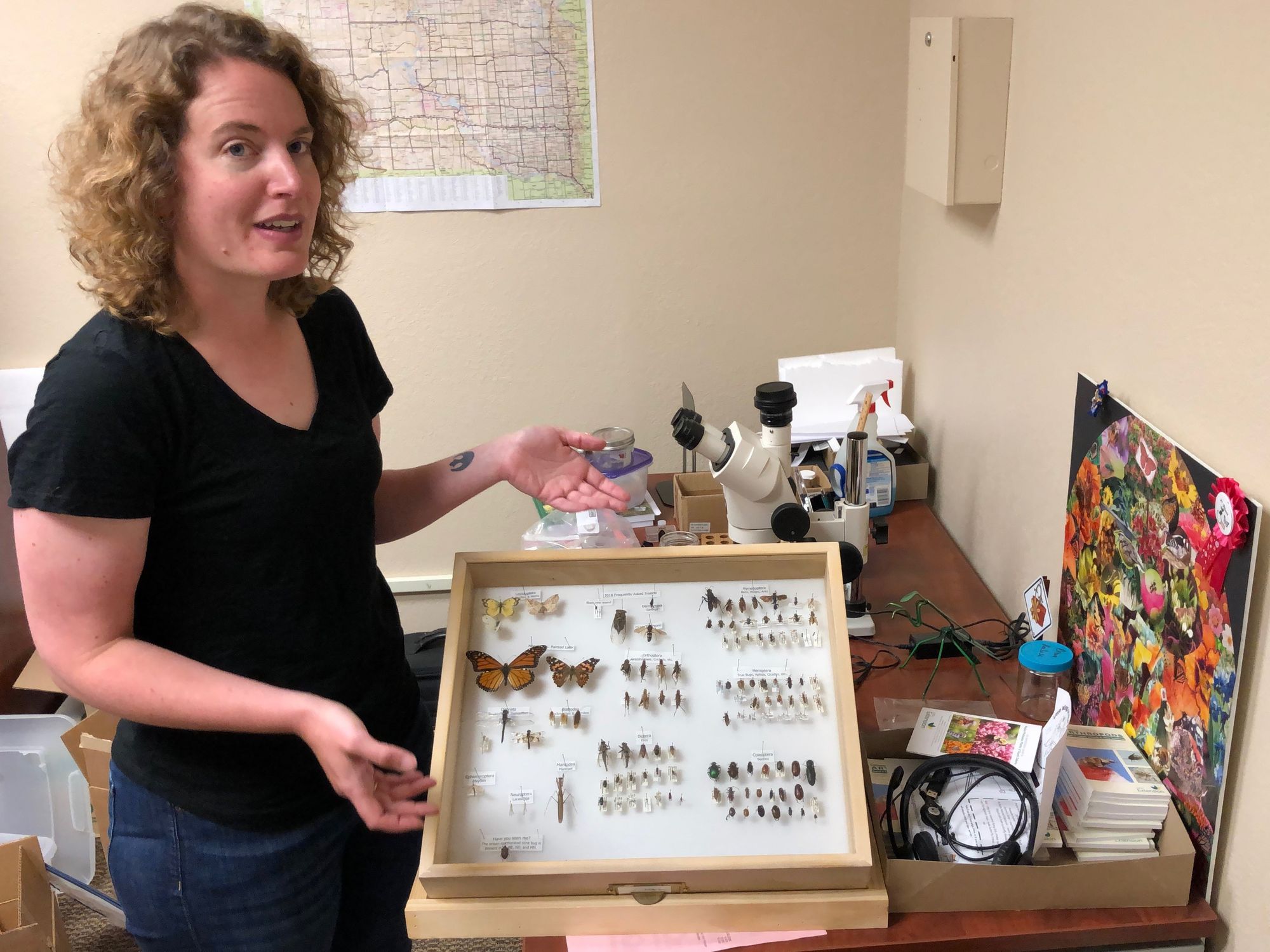
“If you’re growing zucchini here, you can go out in the morning and if you see a bee flitting about, it’s probably a squash bee,” Bachmann said.
Wild bees and a host of other native pollinators, such as monarch butterflies, also are responsible for pollinating in far greater numbers than domestic bees. All of that pollination work helps provide food for everything from pheasants to cattle and even people.
“These are the things doing the heavy lifting in terms of pollination,” Bachmann said of wild pollinators.
Several factors raise bee mortality
No one has been able to pinpoint a single cause for the widespread devastation of honeybees or native bees. Instead, a combination of factors is at play in the beehives themselves and in the fields where the bees look for pollen and nectar.
“The whole environment has changed,” Kelvin Adee said.
One of the biggest problems facing bees in South Dakota is a change in how the state’s farmers operate.
Flowering plants such as milkweed have been virtually eliminated from the fields growing the state’s top two crops, corn and soybeans. Those grains, which have seen their acreage greatly expanded in South Dakota over the past two decades, can spell harm for bees.

Tim Hollmann, a beekeeper from Dante, 45 miles northwest of Yankton, said the problem with corn and soybeans is two-fold.
First, the fields tend to be devoid of any plant life other than corn or soybeans, thanks to the use of glyphosate herbicides such as Roundup.
Bees need flowers from which to draw the pollen and nectar they eat and use to make honey. A 2018 study by a group of researchers at the University of Texas also showed that glyphosates may be harming gut bacteria in bees and making the insects more susceptible to disease.
Pesticides harm the bees
The second problem with corn and soybean fields is pesticides.
Neonicotinoids are one of the most popular pesticides and are named for their chemical makeup that is similar to nicotine. When bees get hit with stray spray from a farm field, they die. Neonicotinoids are used all over the world and on various food crops because compared with other chemical pesticides, they’re considered relatively safe for humans.

Pesticides also help boost crop yields and keep food prices down, said Bachmann, who also works as a pesticide educator. Taking an effective tool for controlling pests away from farmers could cause as much harm as good, she said.
Bees can even be indirectly exposed to pesticides.
A lot of seeds are sold coated with neonicotinoids, which are then absorbed into the growing plant. A bee can pick up a non-lethal dose by landing on such plants and then can carry the chemicals back to the colony and expose other bees which are weakened.
Fungicides are another man-made threat to bees.
The insects evolved to work with certain fungi in their pollen stores, Bret Adee said. The fungi help break down pollen so it’s easier to digest and gives the bees better nutrition. Fungicides sprayed on crops to increase yields are then picked up by foraging bees and carried back to hives, where they can kill the helpful fungi.
Using powdered sugar to fight a mite
Ultimately, a parasite acts as one of the biggest threats facing bees.
Varroa destructor, better known as the varroa mite, has been ravaging North American bee hives for decades. The mite first was found in the U.S. in 1987. South Dakota, as a top honey producing state, was infested with the mites soon after.
Varroa destructor is native to Asia and acts similar to a tick. The mite attaches to a bee and feeds on its fat body tissue, which is similar to a mammal’s liver, weakening the host and making it more susceptible to disease and starvation when food runs low, according to research from the University of Maryland. Varroa mites also happen to be insects.
“That’s been really difficult, you’re trying to kill a bug that lives on a bug,” Stolle said.
There isn’t a very effective treatment for mite infestations, which by themselves are not necessarily fatal to bees, he said. Some beekeepers coat their bees with powdered sugar to try to loosen the varroa mite’s hold, but that only goes so far, Stolle said.
Varroa mites also carry diseases such as deformed wing virus that can kill bees and infect whole colonies. Diseases have long been a killer of domestic bees and are easily spread because honey bees are social creatures. Often, honey bees interact with both wild bees and domestic bees from other colonies while out foraging up to three miles from their hive.
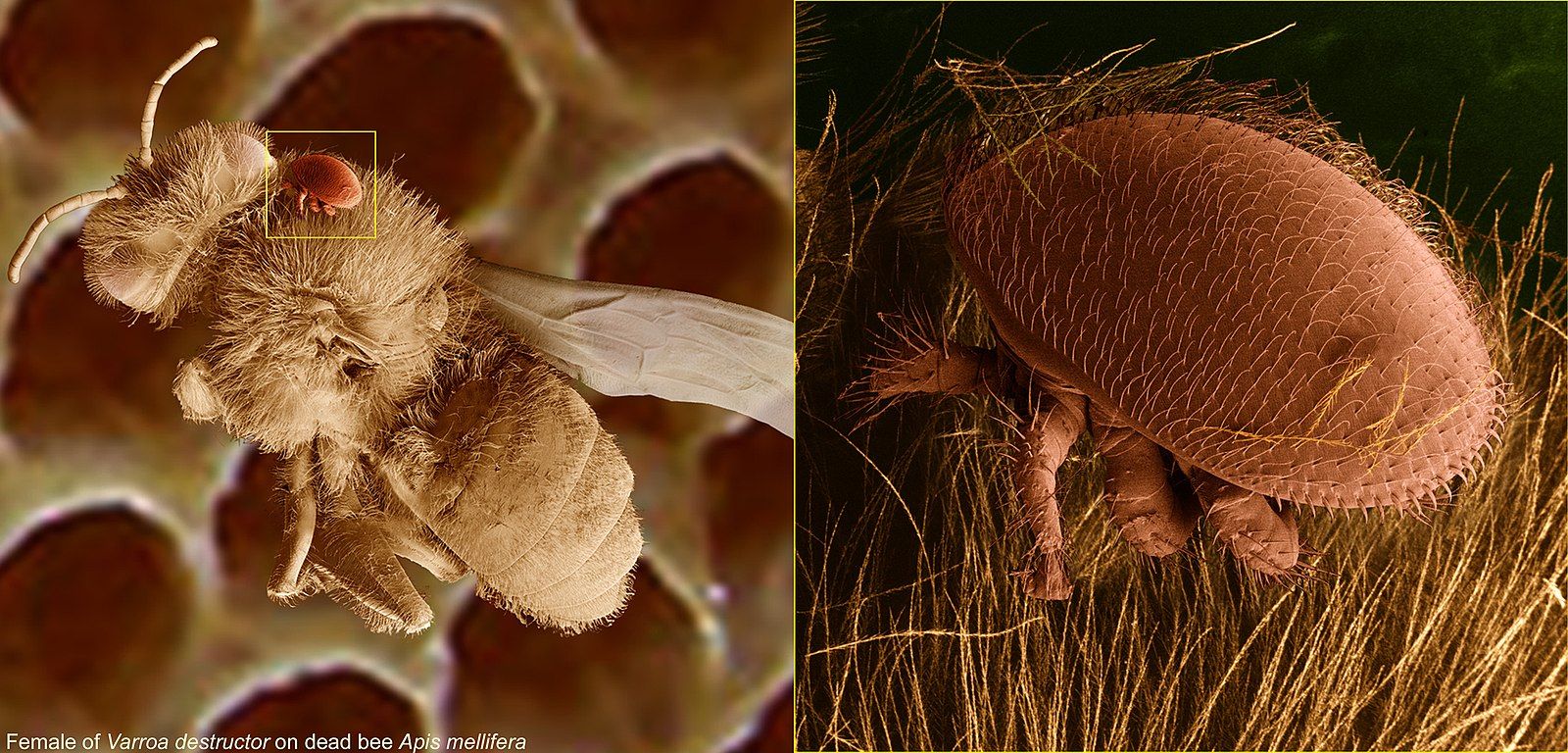
Despite setbacks, all is not lost for beekeepers
Even with all the doom and gloom surrounding the beekeeping industry, domestic honey bees are in no immediate danger of extinction. The people who harvest bees for pollination and sell honey could be the ones in trouble.
“We’re not at a tipping point yet, but we’re getting there,” Stolle said.
Luckily, most farmers and ranchers seem to be concerned about bees and the landscape they live on, Bret Adee said. There is a strong movement in South Dakota to diversify crops and focus on soil health as a way to boost farm incomes. What’s good for soil is generally good for bees too, he said.
“Every time I meet someone who is doing that, I get excited,” he said.
There’s some good news for native bees too, Bachmann said.
More people are becoming aware of the issues facing pollinators and are interested in helping out where they can.
One of the big things people can do is use pesticides only as designed, Bachmann said. Every pesticide, whether it is intended for agricultural use or for the backyard, comes with a label that tells the user how to use it legally and safely while minimizing harm to beneficial bugs such as bees and butterflies.
“A lot of home pesticides tell you not to apply them to flowering plants,” Bachmann said.
For Stolle, there’s real hope in the interest more people seem to be taking in bees.
He said he sometimes is approached by curious people at gas stations while transporting his bees.
Not too long ago, most everybody gave him dirty looks and kept their distance, Stolle said. Yet one person told him the story of a relative who had been injured in the blitz of London during World War II and would have lost a leg if not for doctors using honey to help treat an infected wound.
“I think more people are starting to think, ‘Where does my food come from?’” Stolle said.

